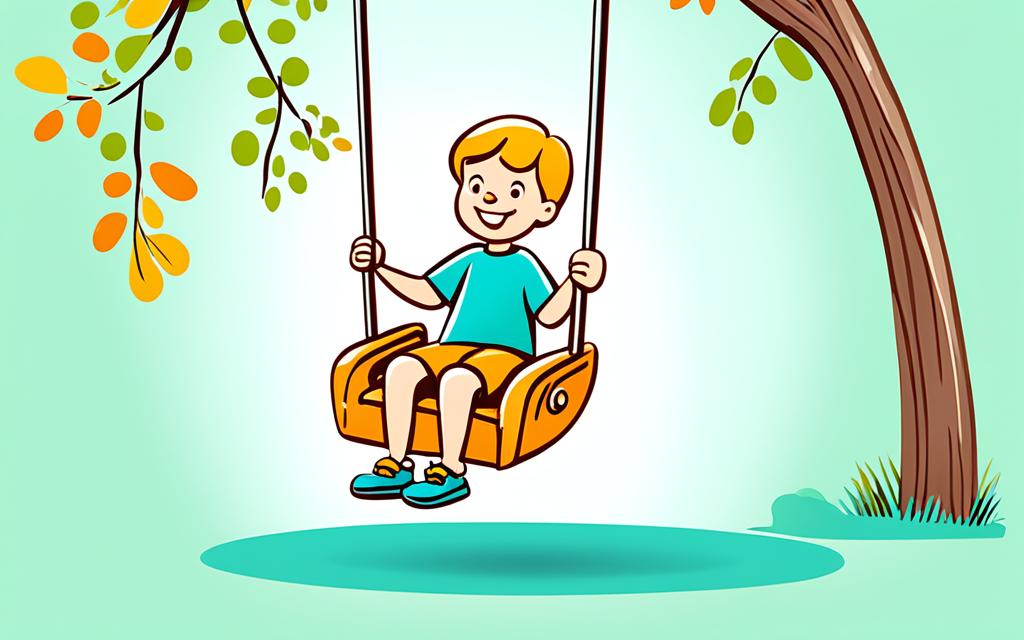Understanding WordPress Child Themes
Are you looking to customize your WordPress theme without modifying the original code? If so, a WordPress child theme is the perfect solution. In this article, we will explore the concept of child themes and their role in WordPress customization.
So, what exactly is a child theme? Essentially, it is an extension of a parent theme that allows you to make modifications to an existing theme without directly editing its code. This means you can modify the design, functionality, and templates of your theme without worrying about losing your changes when the parent theme is updated.
In the WordPress theme hierarchy, all themes, unless specifically created as child themes, are considered parent themes. This ensures that child themes inherit everything from their parent by default, including design and functionality. However, by using a child theme, you can make customizations that are separate from the parent theme, ensuring a clean and organized workflow.
One of the significant benefits of using a child theme is its portability and replicability. You can easily transfer your modifications to different websites or projects without the need to redo the work. Additionally, by keeping your customizations separate from the parent theme, you can update the parent theme without losing your modifications.
Creating a WordPress child theme is relatively straightforward. In the next section, we will delve into the steps required to create your own child theme and start customizing your WordPress theme to fit your unique needs.
Creating a WordPress Child Theme
To create a child theme in WordPress, you need to follow a few steps. Firstly, create a new folder in the wp-content/themes directory with a name that matches the parent theme’s folder name, but with “-child” added at the end.
For example, if your parent theme is named “MyTheme,” the child theme folder should be named “MyTheme-child”.
Next, create a file named style.css inside the child theme folder. This file should include a header comment specifying the child theme’s name and the template (parent theme) it inherits from. Additionally, you can include other header fields like author name, version, and description.
Note: The style.css file is a crucial component of a WordPress child theme. It serves as a primary style sheet for the child theme, overriding the styles defined in the parent theme’s style.css file.
Enqueuing stylesheets is an important step in a child theme. Depending on how the parent theme is coded, you may need to add code to the functions.php file to ensure that the child theme’s stylesheet is loaded.
You can also override templates, parts, and patterns of the parent theme by adding files of the same name in the child theme. This allows you to customize specific elements of the parent theme without directly modifying its files.
Important: Unlike templates and patterns, the functions.php file of a child theme does not override the parent theme’s functions.php file. Instead, both files are loaded, with the child theme’s functions.php being loaded before the parent theme’s. This allows you to modify the functionality of the parent theme or WordPress itself.
When adding custom files to your child theme, it’s important to use the appropriate functions to ensure correct directory paths or URIs. For PHP files, use the get_theme_file_path() function, and for URLs, use the get_theme_file_uri() function.
Example of a WordPress Child Theme Directory Structure:
| Child Theme Structure | Functionality |
|---|---|
| mytheme-child/ | Child theme folder |
| ├── style.css | Child theme’s primary style sheet |
| ├── functions.php | Child theme’s custom functions |
| ├── template-parts/ | Override template parts |
| └── assets/ | Child theme’s additional assets (e.g., images, JavaScript files) |
Conclusion
In conclusion, a child theme in WordPress offers numerous benefits and is a valuable tool for customizing themes without the risk of losing modifications during parent theme updates. With a child theme, you have the flexibility to make changes to the design, functionality, and templates of the parent theme while keeping your customizations separate.
One of the major advantages of using a child theme is the time and effort it saves in development. Instead of starting from scratch, you only need to write the code required for your specific modifications. This streamlines the customization process and allows you to focus on the specific elements you want to change or enhance.
Furthermore, child themes serve as an excellent starting point for developing full themes. They provide a low-risk environment for learning and experimenting with theme development, allowing you to gain hands-on experience without the fear of damaging the parent theme. This makes child themes an essential component of WordPress theme customization.
In summary, child themes offer the benefits of flexibility and stability for website design in WordPress. They enable you to make modifications to existing themes without compromising the ability to receive updates from the parent theme. Whether you are a novice or an experienced developer, utilizing child themes can greatly enhance your WordPress customization capabilities.
FAQ
What is a child theme in WordPress?
A child theme in WordPress is an extension of a parent theme that allows you to modify an existing theme without directly editing its code.
What are some common uses of child themes?
Child themes are often used for simple changes like color adjustments, but they can also be used for more complex modifications.
What is the difference between a parent theme and a child theme?
All themes in WordPress, unless they are specifically a child theme, are considered parent themes. Child themes include everything from their parent theme by default, including design and functionality.
Why should I use a child theme?
Child themes offer several benefits, such as making modifications portable and replicable, keeping customizations separate from the parent theme, allowing parent themes to be updated without losing modifications, saving development time, and serving as a starting point for developing full themes.
How do I create a child theme in WordPress?
To create a child theme in WordPress, you need to follow a few steps. Firstly, create a new folder in the wp-content/themes directory with a name that matches the parent theme’s folder name, but with “-child” added at the end. Next, create a file named style.css inside the child theme folder. This file should include a header comment specifying the child theme’s name and the template (parent theme) it inherits from. Additionally, you can include other header fields like author name, version, and description. Enqueuing stylesheets is an important step in a child theme. Depending on how the parent theme is coded, you may need to add code to the functions.php file to ensure that the child theme’s stylesheet is loaded.
Can I override templates and parts of the parent theme in a child theme?
Yes, you can override templates, parts, and patterns of the parent theme by adding files of the same name in the child theme.
How does the functions.php file of a child theme work?
Unlike templates and patterns, the functions.php file of a child theme does not override the parent theme’s functions.php file. Instead, both files are loaded, with the child theme’s functions.php being loaded before the parent theme’s. This allows you to modify the functionality of the parent theme or WordPress itself.
What should I be cautious of when adding custom files to a child theme?
When adding custom files to your child theme, you need to use the appropriate functions (e.g., get_theme_file_path() for PHP files, get_theme_file_uri() for URLs) to ensure correct directory paths or URIs.














